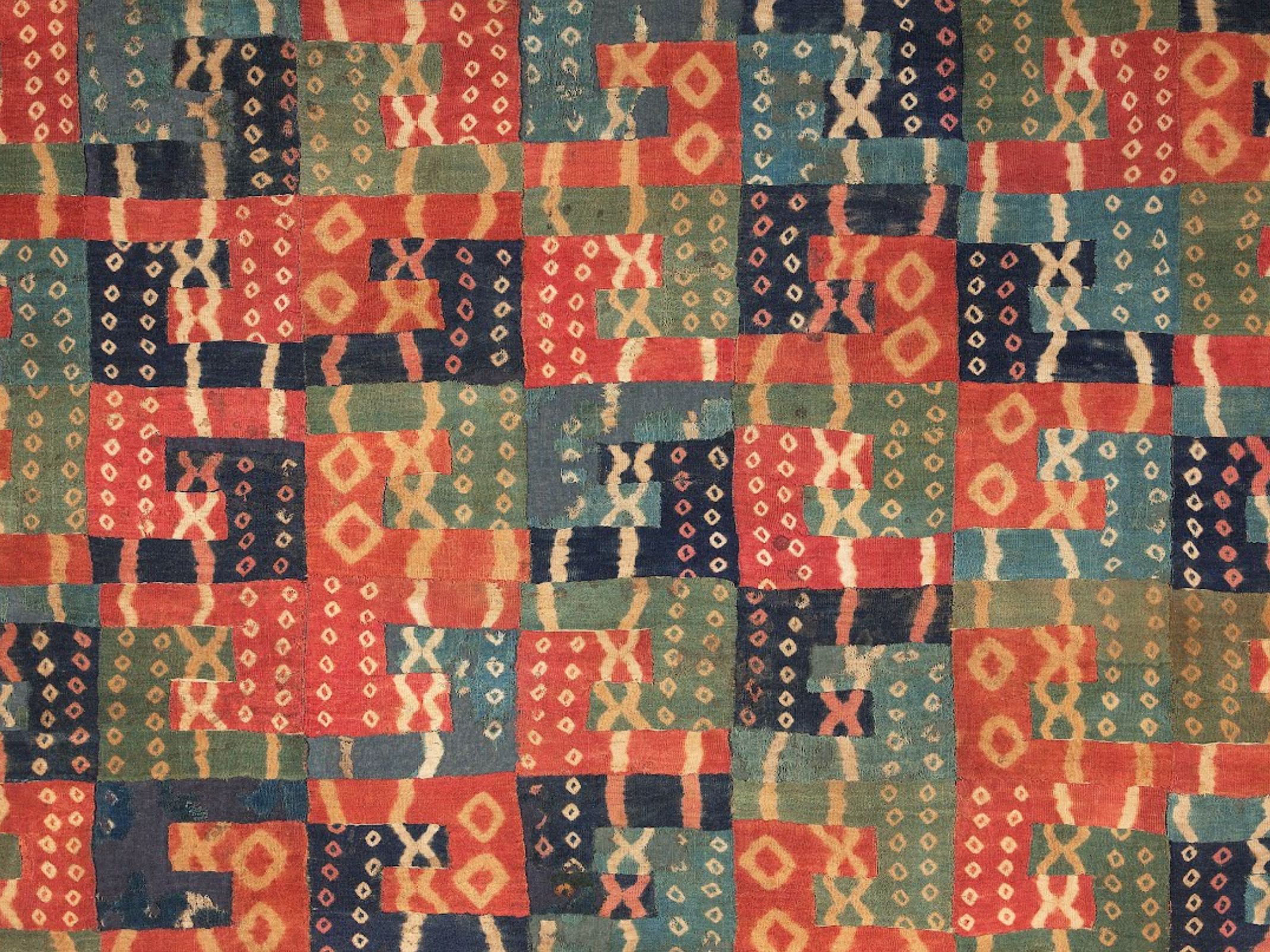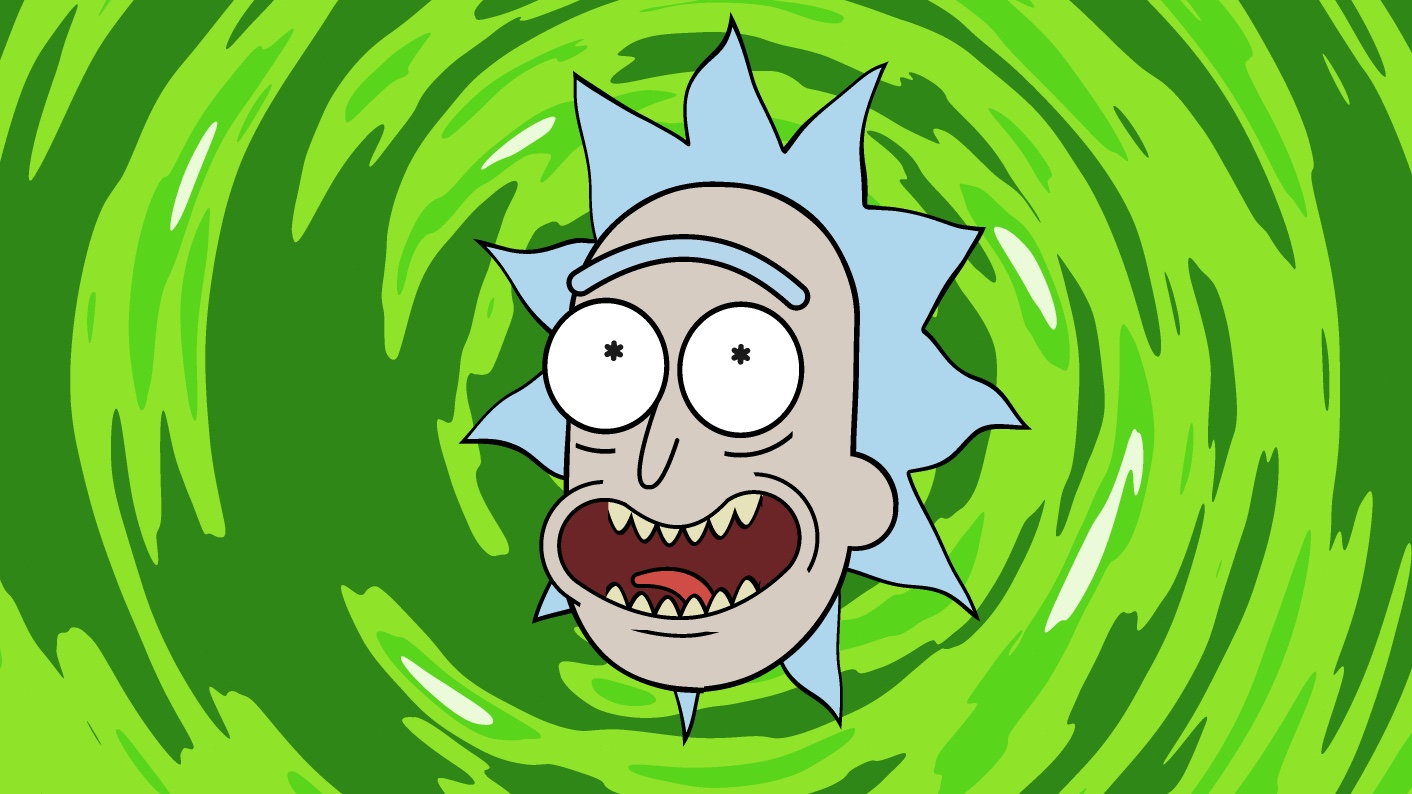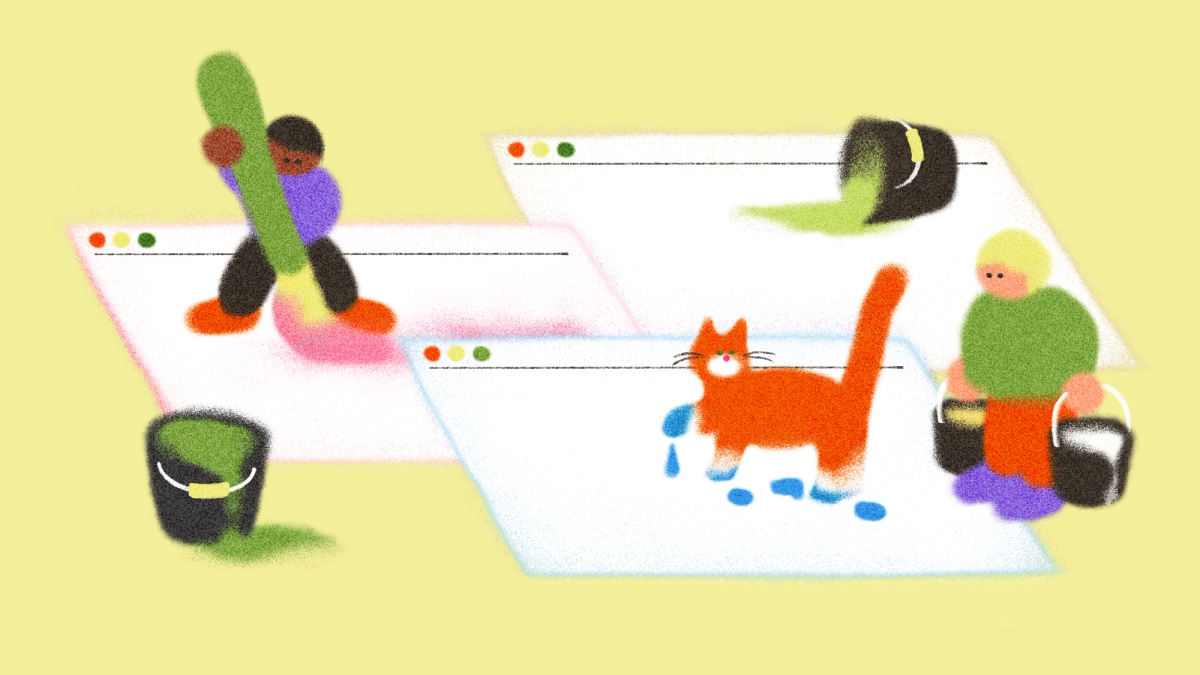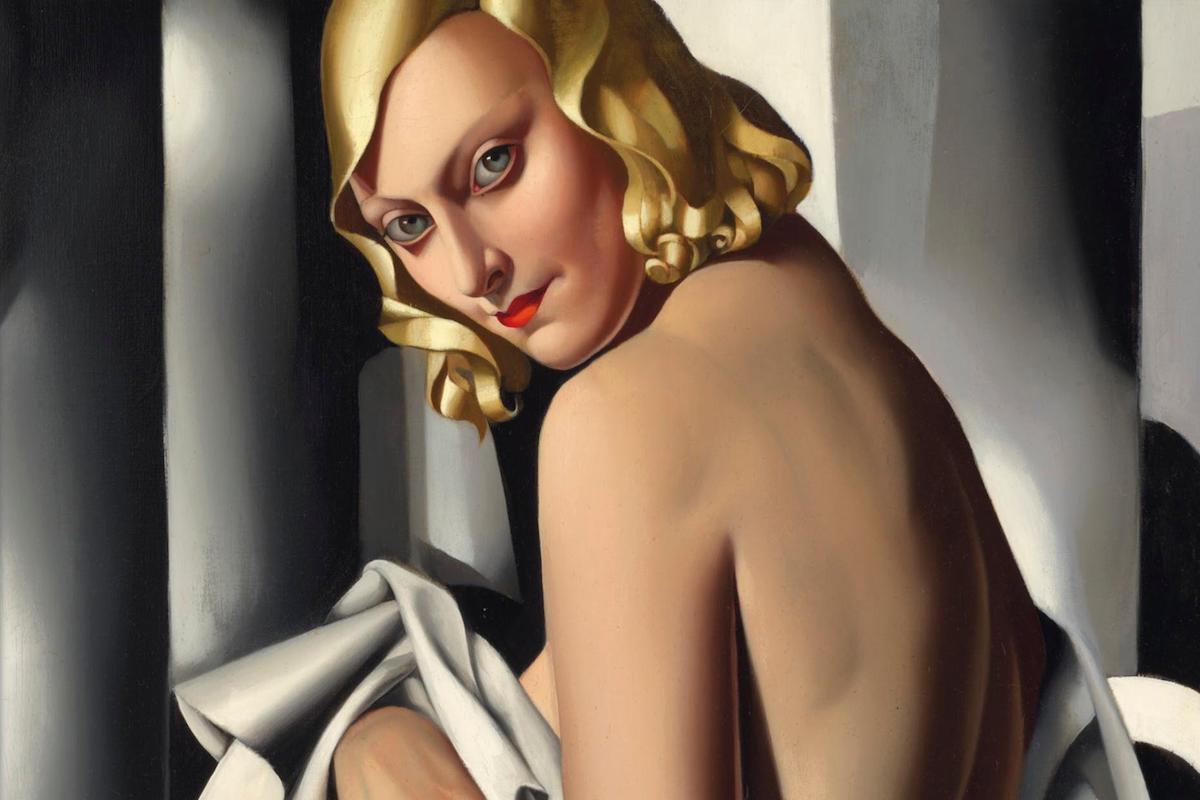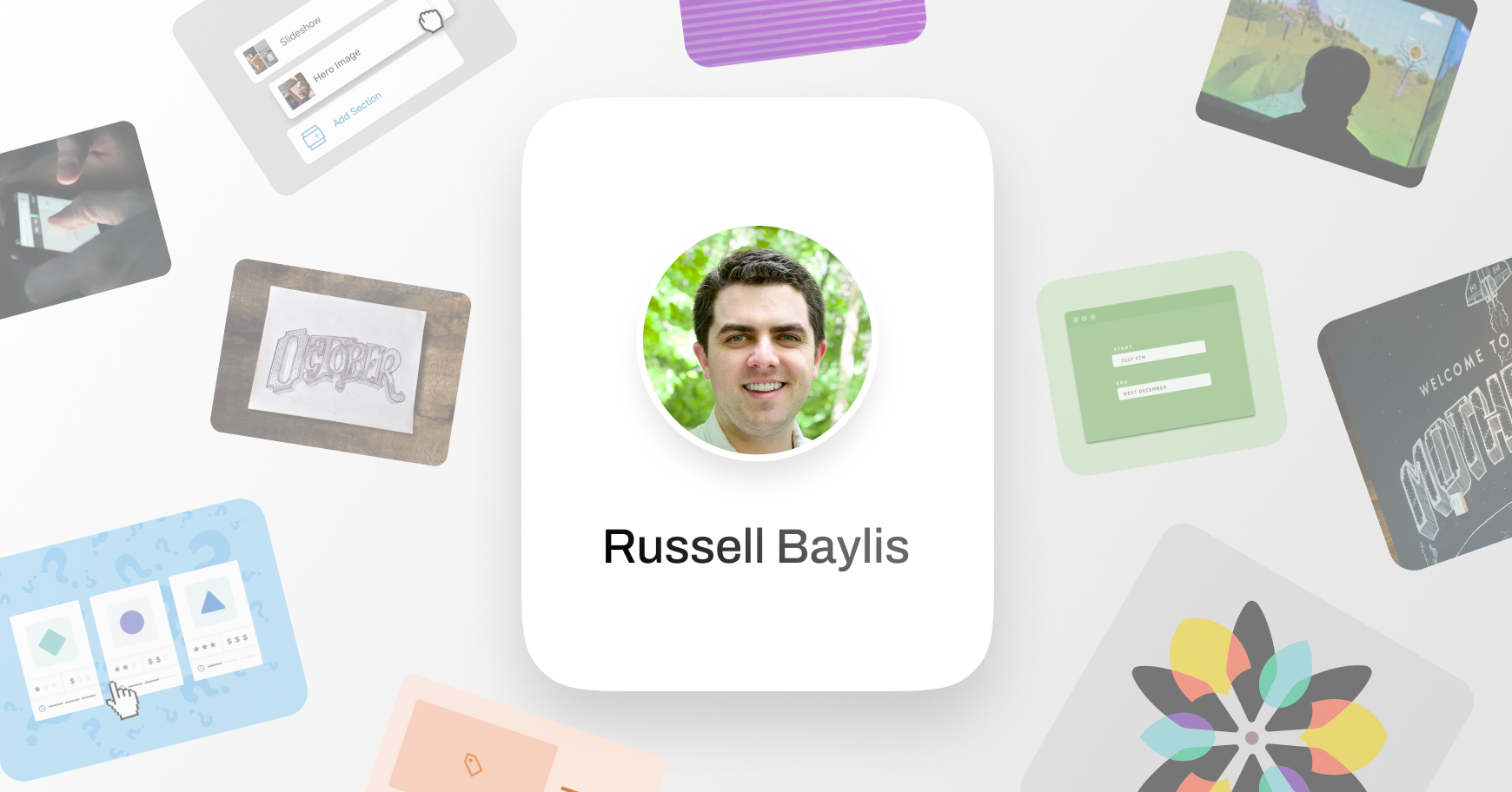Manhattan's Hardest-Working Font: The Mystery of Gorton
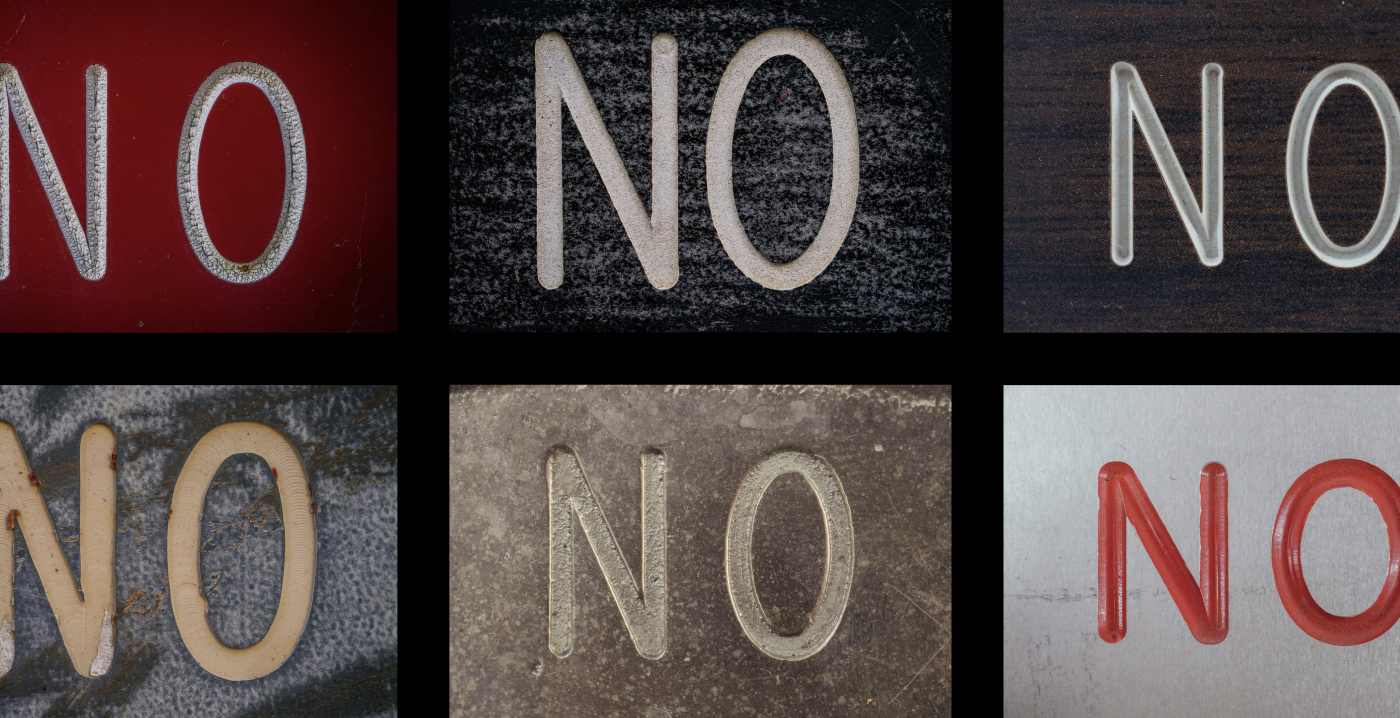
This article details the author's obsessive quest to uncover the story behind Gorton, a surprisingly ubiquitous yet unassuming font. Initially used with engraving machines, its rugged durability led to widespread adoption in diverse contexts, from keyboards to spacecraft. The author's years-long search, spanning countless miles and locations, reveals Gorton's century-long history, tracing its origins to a UK lens maker and its subsequent evolution through various iterations like Leroy. While far from perfect, Gorton's charm lies in its imperfections and enduring presence, solidifying its status as Manhattan's hardest-working font.
